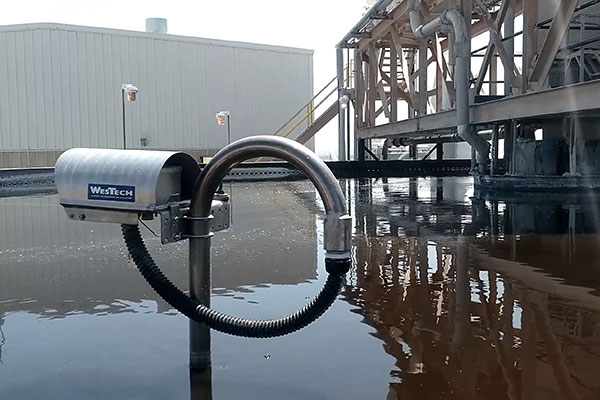

(+98)09102367657
Make A Call
level monitoring
level monitoring
When the sewage arrives via the sewage network, the sewage treatment plant relies on level monitoring to allow the process to operate correctly. Wastewater level monitoring in sewage treatment plants is an essential control parameter for numerous sedimentation basins ,…
Description
When the sewage arrives via the sewage network, the sewage treatment plant relies on level monitoring to allow the process to operate correctly. Wastewater level monitoring in sewage treatment plants is an essential control parameter for numerous sedimentation basins, settling tanks, aeration basins and clarifiers that are involved in the sewage treatment process.
The wastewater is first screened to remove debris that may damage the treatment plant such as rags, timber, grit or stones that all may have been carried with the wastewater. The sewage will then flow into various chambers for equalization, desilting, grease separation, mixing, aeration, chlorination, flocculation, sedimentation, etc. Wastewater level monitoring in sewage treatment plants is required in most of these stages for accurate liquid level control.
Many older sewage systems combine storm water run-off with sewage which could overload the treatment plant, thus equalization chambers are used to buffer the treatment plant from such sudden excessive liquid volume. This additional volume can then be treated as soon as the wastewater volume returns to normal flow levels. Wastewater level monitoring in sewage treatment plants is therefore used to ensure these tanks or basins are not overwhelmed and to continuously check the amount of sewage buffered in the equalization tank.

The SAHAB group started in the water and wastewater treatment industry in 1980. Since then we have helped numerous clients with their water and wastewater needs.
Services
- water treatment
- wastewater treatment
- water network
- wastewater network
Recent News

UN World Water Development Report 2020

2017 UN World Water Development Report, Wastewater: The Untapped Resource








